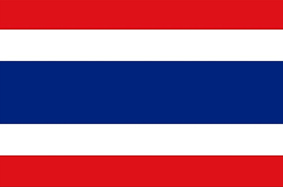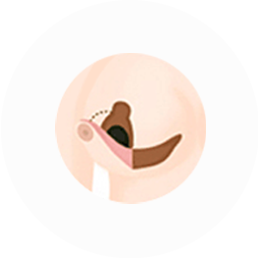Breast Reduction & Lifting (Mastopexy)
The overall balance and proportions of the body
& Self-confidence.
-

Surgery duration
3 hrs ~ 5 hrs
-

Stitch Removal
2 weeks after
-

Hospitalization
1 day
-

Blood Drainage Removal
1 day after
-

Recovery Period
Return to daily activities
after stitch removal -

Anesthesia
General Anesthesia






























